Little Lime Hydrangea: The Perfect Shrub For Small Gardens
Little Lime Hydrangea: The Perfect Shrub for Small Gardens
If you're looking for a beautiful and easy-to-care-for shrub for your small garden, look no further than the Little Lime Hydrangea. This compact variety of the popular Limelight Hydrangea is perfect for adding a touch of color and drama to any space.
Little Lime Hydrangeas grow to a height of 3-5 feet and a width of 2-3 feet, making them ideal for smaller gardens. They have a spreading, rounded habit and glossy, dark green leaves. In late summer, they produce large, cone-shaped panicles of flowers that start out lime green and gradually fade to white as they mature. The flowers can last for several weeks, providing a long-lasting display of color.
Little Lime Hydrangeas are relatively easy to care for. They prefer full sun to partial shade and well-drained soil. They are also drought tolerant once established. To help your Little Lime Hydrangeas thrive, fertilize them in the spring with a balanced fertilizer. You can also deadhead spent blooms to encourage new growth.
Little Lime Hydrangeas are hardy in USDA zones 3-8. They are relatively pest and disease resistant, but they can be susceptible to powdery mildew in humid climates. If you notice powdery mildew on your Little Lime Hydrangeas, you can treat it with a fungicide.
Little Lime Hydrangeas are a versatile addition to any garden. They can be used as a focal point in a flower bed, as a hedge, or in a container. They are also a popular choice for cut flowers.
If you're looking for a beautiful and low-maintenance shrub for your small garden, the Little Lime Hydrangea is a great option. With its compact size, colorful flowers, and easy care, it's the perfect addition to any space.
Here are some additional tips for growing Little Lime Hydrangeas:
- Water regularly, especially during hot, dry weather.
- Mulch around the plants to help retain moisture and suppress weeds.
- Prune in early spring to remove dead or damaged branches and to shape the plants.
- Protect young plants from deer and rabbits.
Here are some common pests and diseases that can affect Little Lime Hydrangeas:
- Aphids: These small, soft-bodied insects can suck the sap from leaves and stems, causing them to wilt and curl. Treat with an insecticidal soap or neem oil.
- Scale insects: These small, round insects attach themselves to leaves and stems, sucking the sap. Treat with a horticultural oil or insecticidal soap.
- Powdery mildew: This fungal disease causes a white, powdery growth on leaves and stems. Treat with a fungicide.
- Leaf spot: This fungal disease causes small, brown spots on leaves. Treat with a fungicide.
With proper care, Little Lime Hydrangeas will thrive for many years, providing you with beautiful flowers and a touch of elegance in your garden.
If you're looking for a compact, easy-care hydrangea that will add a touch of beauty to your garden, then you need to check out Hydrangea paniculata Little Lime®. This dwarf hydrangea is a compact version of the popular Limelight hydrangea, but it packs just as much of a punch. With its lime green flowers that fade to creamy white and then blush pink in the fall, Little Lime® is sure to turn heads.
Little Lime® is a hardy plant that can tolerate a wide range of conditions, making it a great choice for gardeners of all skill levels. It prefers full sun to partial shade and well-drained soil. Little Lime® is also drought-tolerant once it is established.
If you're looking for more information about Little Lime® hydrangea, I recommend visiting . This website has a wealth of information about this beautiful plant, including planting instructions, care tips, and photos.
FAQ of hydrangea paniculata little lime
- What is a Little Lime hydrangea?
A Little Lime hydrangea is a compact, bushy, deciduous shrub that boasts a profusion of large panicles, or flower clusters, in late summer to fall. The blossoms start out as soft lime-green and gradually turn creamy white in late summer and then blush-pink as the season progresses. Little Lime hydrangeas are perfect for small gardens, borders, and patio containers. They are hardy in USDA zones 3-8 and grow to be 3-5 feet tall and wide.
- Where should I plant a Little Lime hydrangea?
Little Lime hydrangeas prefer full sun to partial sun in well-drained soil. They can tolerate some afternoon shade in warmer climates. Avoid planting them in areas where the soil stays soggy, as this can lead to root rot.
- How do I care for a Little Lime hydrangea?
Little Lime hydrangeas are relatively easy to care for. Water them regularly during the growing season, especially during hot, dry weather. Apply a balanced fertilizer in early spring to promote new growth and flowering. Prune Little Lime hydrangeas in late winter or early spring, just as the new growth begins to emerge.
- Why are my Little Lime hydrangea flowers turning green?
There are a few reasons why your Little Lime hydrangea flowers might be turning green. One possibility is that the plant is not getting enough sunlight. Little Lime hydrangeas need at least 6 hours of sunlight per day to produce their best flowers. Another possibility is that the plant is not getting enough nutrients. Make sure to fertilize your Little Lime hydrangeas regularly with a balanced fertilizer. Finally, it is also possible that your Little Lime hydrangea is simply a green-flowered variety. Some cultivars of Little Lime hydrangea, such as 'Limelight', have green flowers that do not change color as they mature.
- Are Little Lime hydrangeas toxic to animals?
Yes, Little Lime hydrangeas are toxic to animals. The leaves, stems, and flowers of the plant contain cyanogenic compounds, which can cause vomiting, diarrhea, and other symptoms in animals if ingested. If you think your animal has eaten any part of a Little Lime hydrangea, it is important to contact your veterinarian immediately.
Image of hydrangea paniculata little lime
5 different images of "hydrangea paniculata little lime" from Pinterest:
- A white hydrangea paniculata little lime in full bloom, with its large, cone-shaped flowers.
- A close-up of the flowers of hydrangea paniculata little lime, showing their delicate petals and bright green centers.
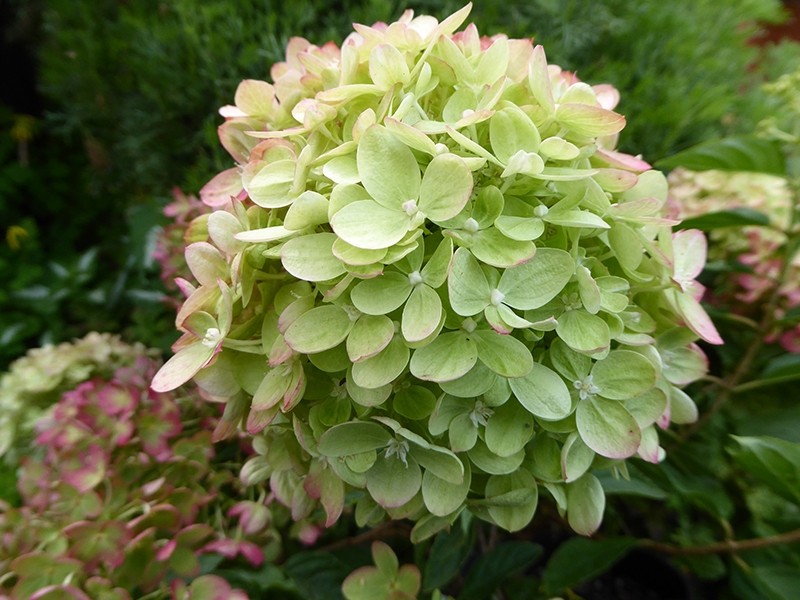
- A hydrangea paniculata little lime plant in a garden, with its lush green leaves and tall, upright stems.
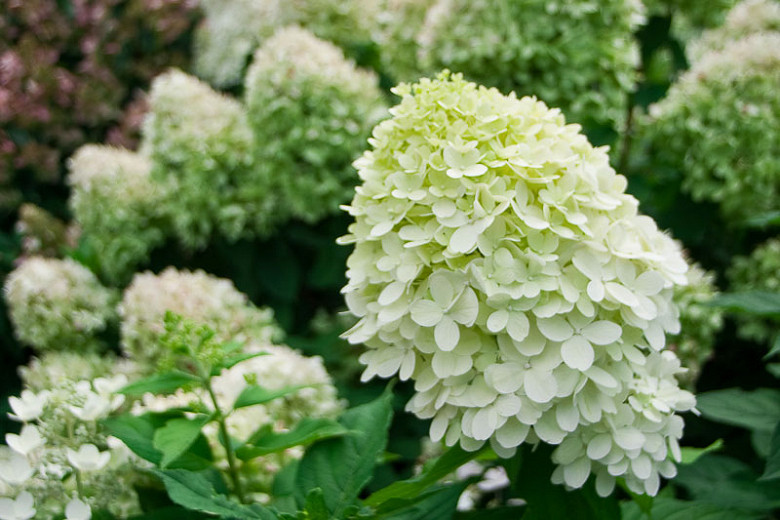
- A hydrangea paniculata little lime plant in a vase, its flowers adding a touch of elegance to the home.
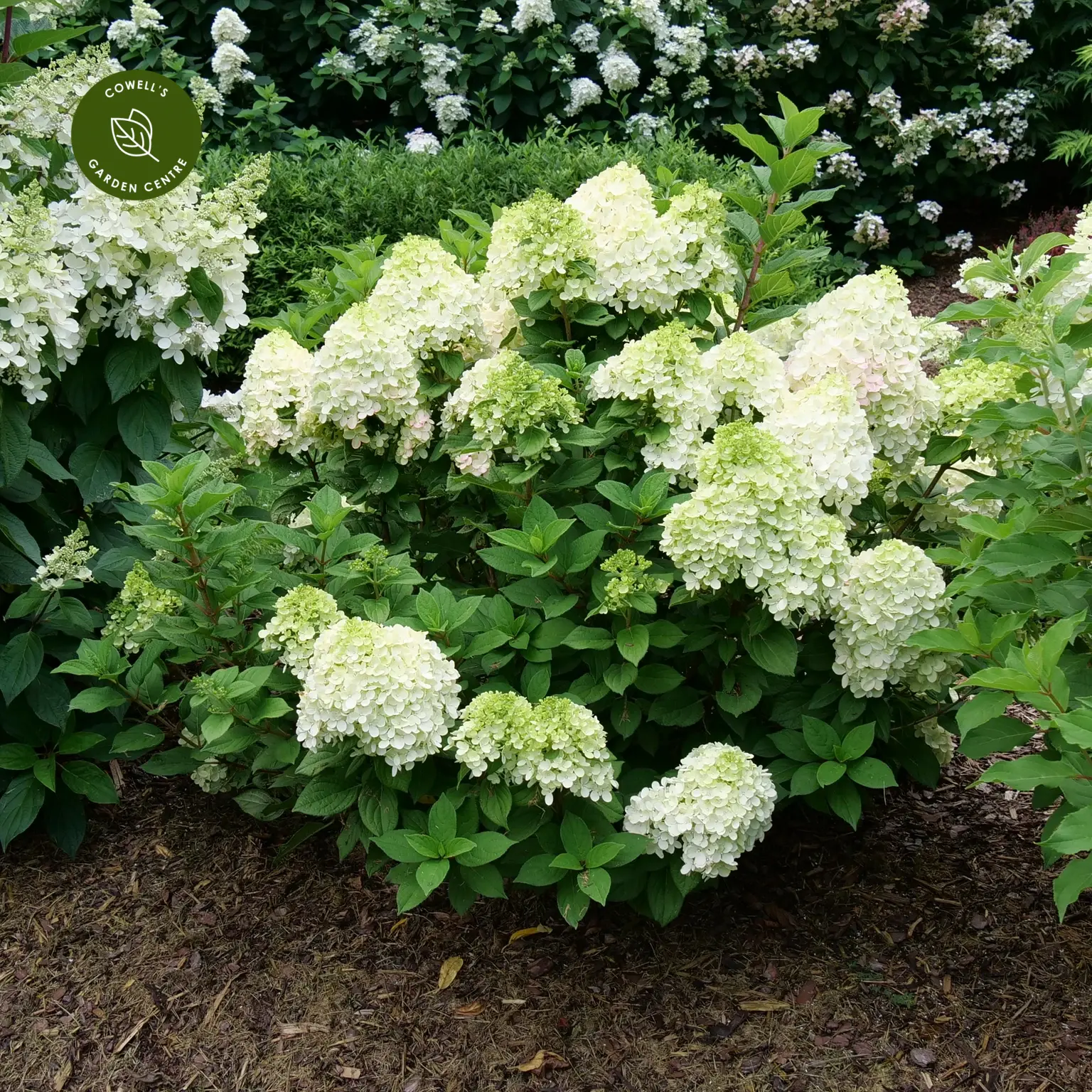
- A hydrangea paniculata little lime plant in the fall, its flowers turning a beautiful shade of pink.
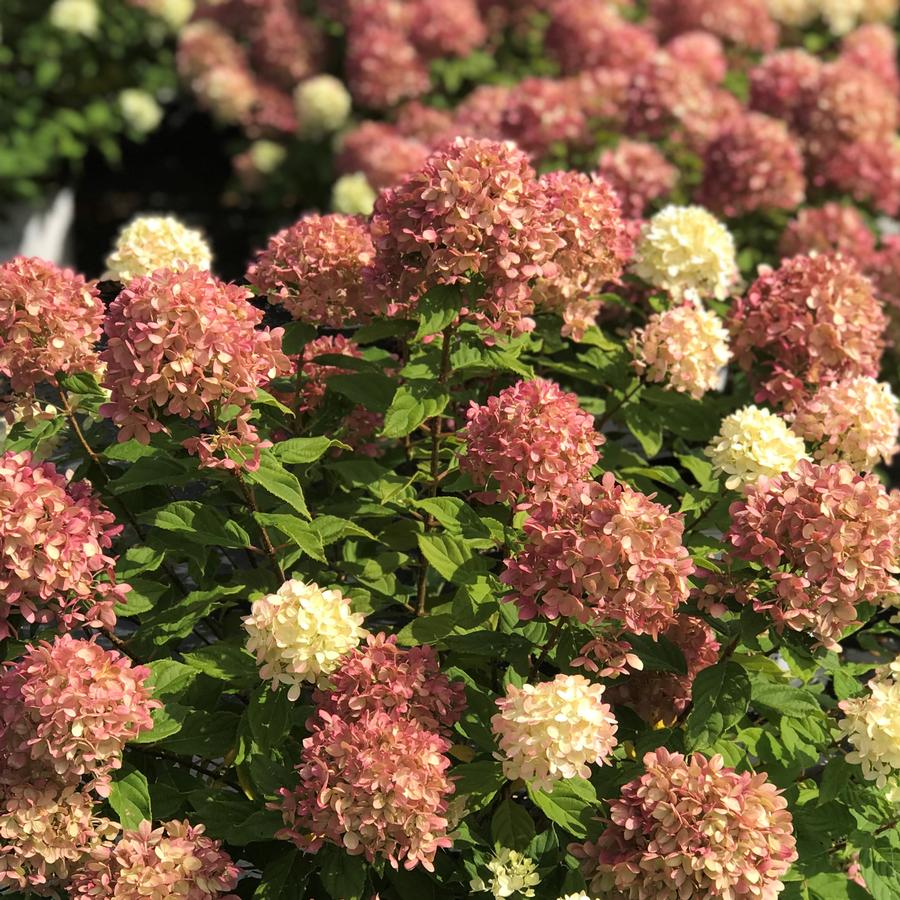
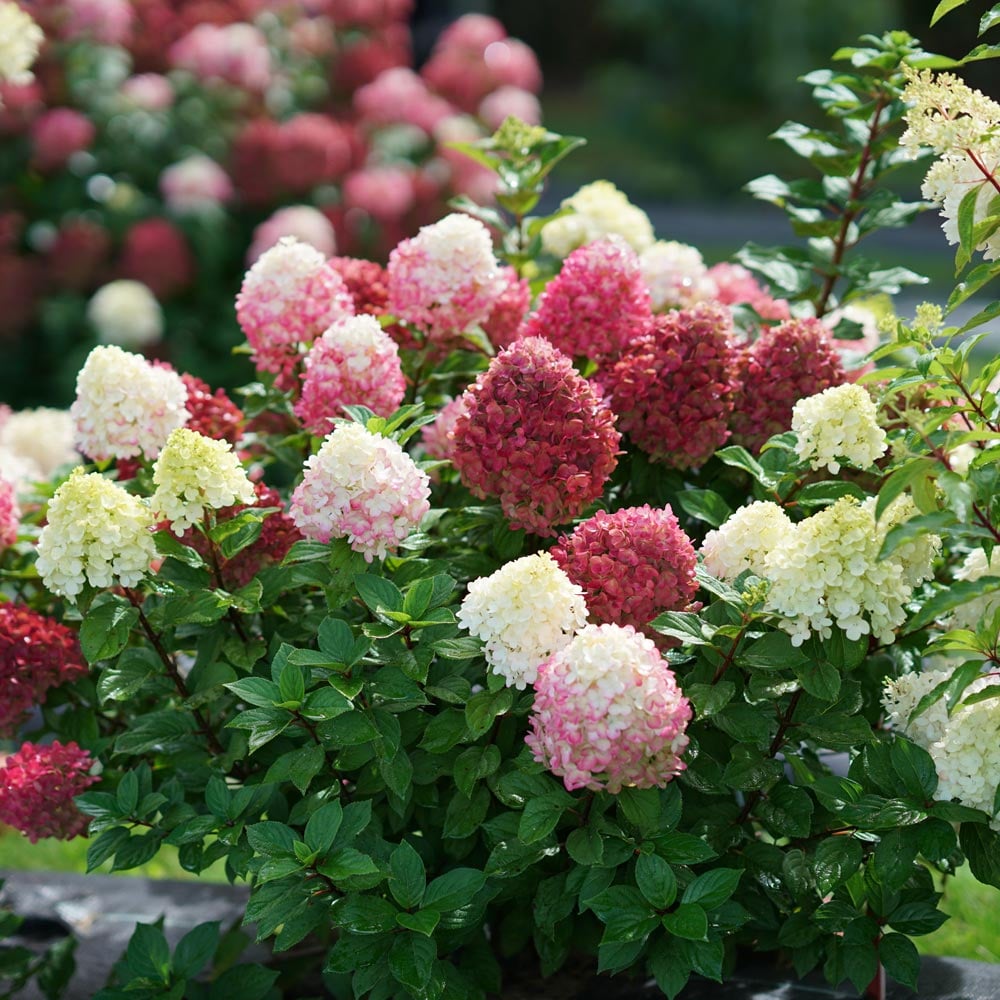
Post a Comment for "Little Lime Hydrangea: The Perfect Shrub For Small Gardens"